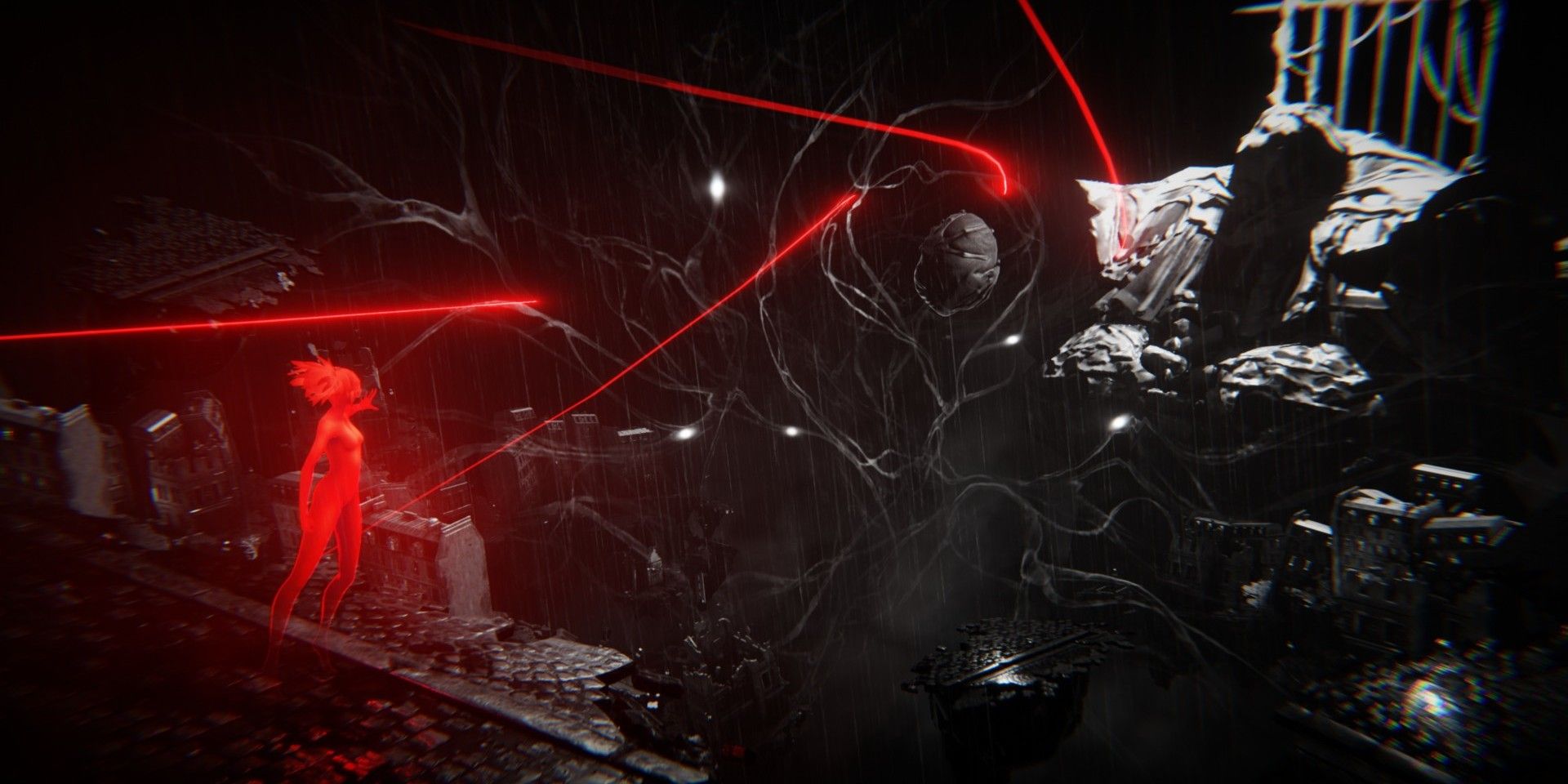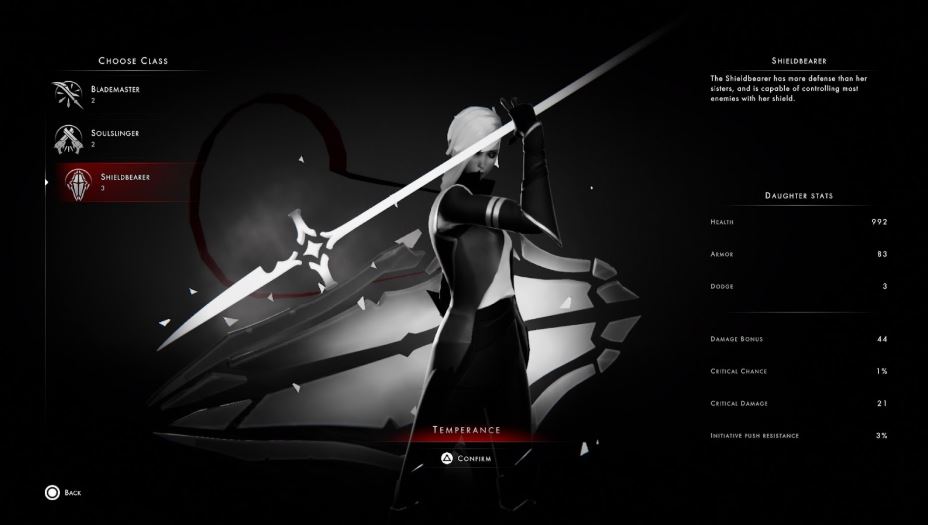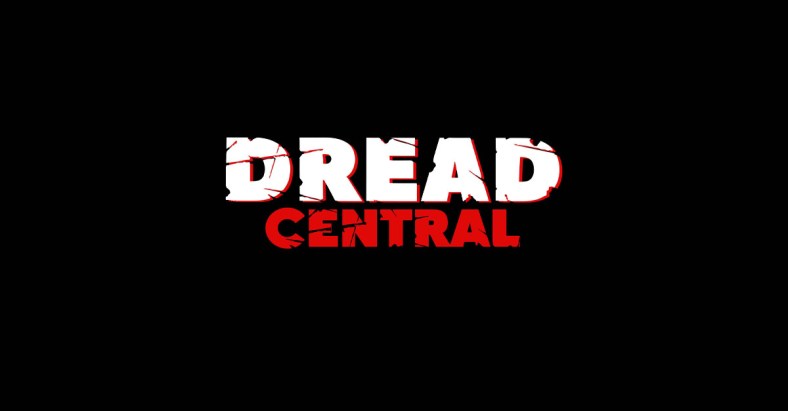
Very quickly, we focused on different sources of inspiration: beat them all games for movements reactivity, action movies for cool choreographies and above all Japanese anime for rhythm and style.īy analyzing the animation design of some 2D beat them all games, you can see that some movements haven’t a “logical” flow: the accent is spotted on poses, attitude and clarity of gesture. The characters are “stuck” on their square… no worries, challenge accepted!

Othercide is based on a grid system, and a majority of actions are launched on spot. The big question was “how could we increase an impression of dynamism on a static type gameplay ?”. But for our Daughters, we tried a radically different approach: we wanted an impacting feeling, a kind of “dynamic action” flavor in their movements. Usually, the tactical genre and the turn-based principle impose a slow and undynamic rhythm. It is also one of the most exciting because it is the moment where all the researches, concepts and sculpts are brought to life!īut before jumping directly in the creation of the “super death strike of hell attack!”, we start by defining the style of animation we want for the entire game. That’s why the Shieldbearer has abilities to affect the initiative of her enemies: she can make them play later, allowing other allies to kill them or prepare defensive skills before they get a chance to act, or forcing them to stay longer in the area of attacks from other Daughters.Ī note from Jérôme Sounthavong, Senior Animator: She’s alive! SHE’S ALIVE!Īnimation is the last step of the process of creating a character. Each single hit can have repercussions later in the game.

Remember, in Othercide, being able to take many hits before the ineluctable end is not enough: there is no easy way to regenerate the Daughters’ health. Nizar: Ha ha, I know! One thing in the game went against this “cliché”, though. Then came the difficult question: how could we deliver the good feelings we wanted to vehiculate without betraying the universe of Othercide? No way I could break this rule for the Shieldbearer!

In addition to her capacity to force enemies to focus her, you have an almost indestructible wall against which her opponents will crash – giving the opportunity to the Blademaster to attack from behind, and the Soulslinger to release hell on every enemy in sight!Īlex: … Yeah, I may confess now that the Shieldbearer was the most difficult class to design, artistically: her “heavy tank” role came with a tsunami of common “cliché” ideas, which were in contradiction with the art direction we took so far for the other classes…Īll our Daughters are swift, agile and thin – a decision we made at the genesis of the project, to stay out of the “heavy armored sci-fi brutal soldiers” we can find in the tactical niche. She can also temporally increase her armor, allowing her to take without risk the strongest slash and avoid being shredded into pieces. She is especially strong against small creatures with a lot a weak attacks like the Scavengers, as her armor can partially absorb the damage taken. Her large number of hit points, combined with a very high armor value, allows her to sustain enormous damage before falling (well, I mean “more than her sisters”… each enemy attack can be lethal in Othercide!). This Daughter is the frontline unit in the battle against the Others. Nizar: Exactly, her weapons represent her well: as resistant as her shield and deadly as her spear, the Shieldbearer offers a third combat philosophy to the player. She is noble, calm and resilient a rock that can endure the worst coming from the Dark Corner. She is a central chess piece in any tactical plan and insures defensive and control skills against the Nightmare Creatures of Suffering.

Alex: The Shieldbearer – formerly known as the Knight – is the guardian of her sisters.


 0 kommentar(er)
0 kommentar(er)
